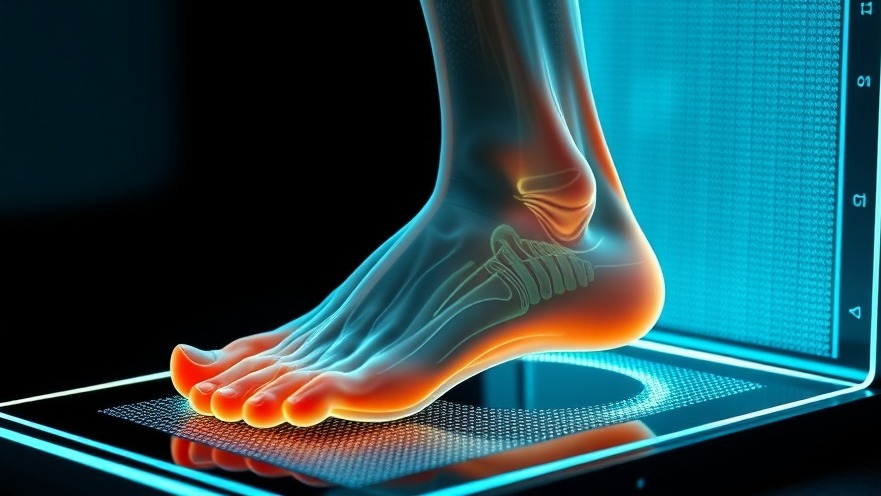
Revolutionizing Access to Medical Devices
The recent introduction of open-source medical devices is transforming healthcare access, particularly for small patient groups with unique medical needs. The University of Twente has taken a significant step in this evolution with the development of its first Medical Device Regulation (MDR)-compliant open-source product: the 3D base plate. Designed as a low-risk medical imaging tool, this initiative aims to provide cost-effective solutions that might not be commercially viable.
The Example of the 3D Footplate
One of the standout innovations is the 3D footplate, used for diagnosing complex hindfoot pathologies. This Class I Medical Device allows for precise positioning of the foot, enabling clinicians to perform clinical stress tests during CT scans. Given the specialized nature of this tool and its applicability primarily in academic medical centers, traditional commercial routes are often insufficient to cover development costs. By adopting an open-source model, medical professionals can manufacture the 3D footplate at a fraction of the typical price.
Streamlined Production Through Open Source
The open-source approach not only lowers costs but also simplifies the complexities associated with MDR documentation. A complete package, including technical files and risk mitigation strategies, is readily available. Medical centers can thus adapt the design based on their specific requirements without the burden of excessive documentation or financial overhead.
Enhancing Collaboration and Innovation
This initiative exemplifies how collaboration within the medical community can lead to innovative solutions that address unmet patient needs. The ability for medical practitioners to share resources and production capabilities promotes a shared infrastructure where even the most niche medical devices can be accessible.
Looking Toward the Future of Open-Source Medical Solutions
The success of the 3D footplate sets a precedent for future developments in open-source medical devices. With increasing complexity in healthcare demands—especially for rare diseases and small patient populations—this model may offer pathways for other medical innovations to emerge.
Practical Insights for Healthcare Providers
Concierge health practitioners stand to benefit greatly from these developments. By leveraging open-source medical devices like the 3D footplate, practitioners can provide a higher level of care without the associated high costs. Understanding how to integrate these tools into practice will be essential for enhancing patient outcomes.
Conclusion: The Need for Action
As the medical community continues to embrace open-source approaches, it’s vital for healthcare providers to stay informed and be proactive in adapting these innovations into their practices. Engaging with these emerging medical devices allows practitioners to enhance care delivery significantly and positively impact patient health.
 Add Row
Add Row  Add
Add 






Write A Comment